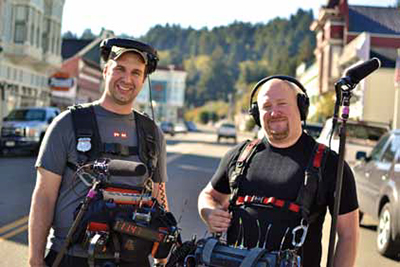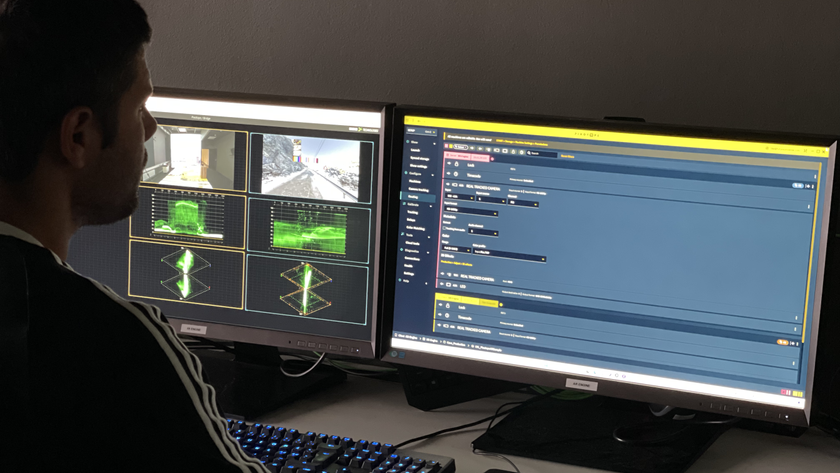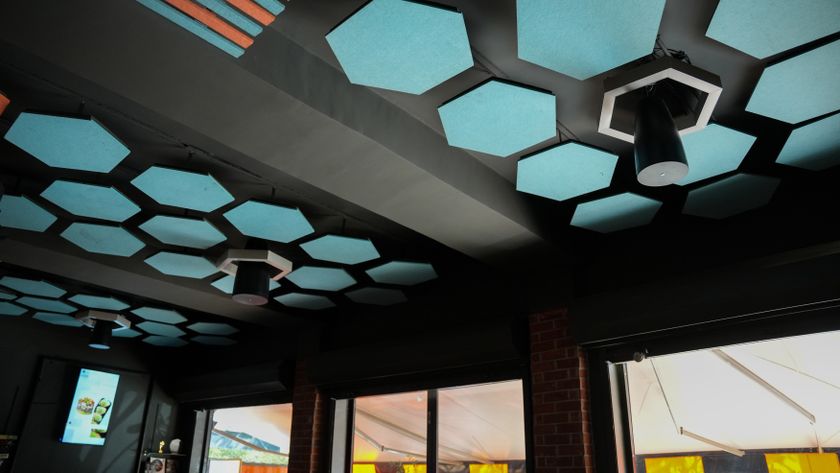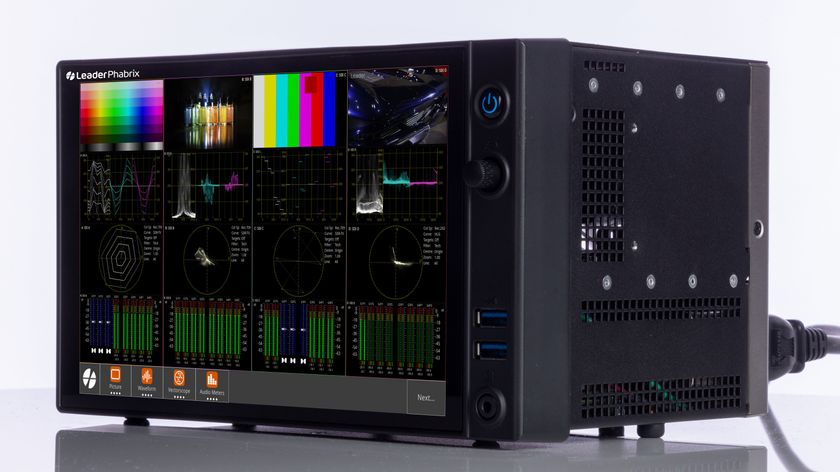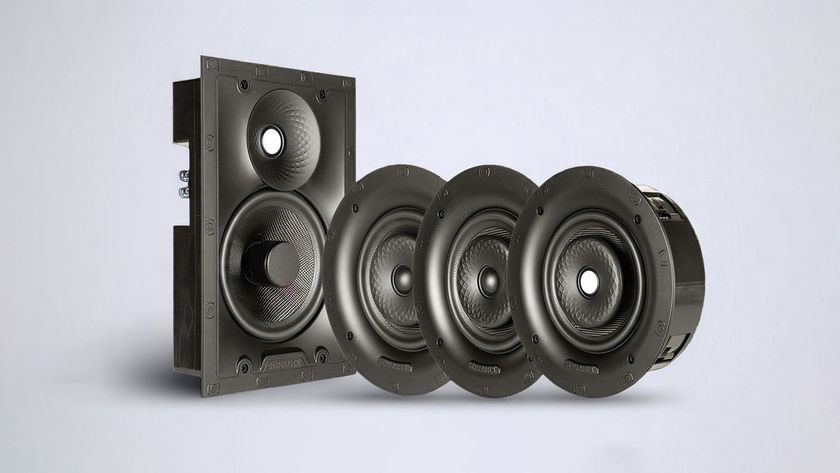Airing on the Food Network, “Diners, Drive-Ins and Dives” features a ‘road trip’ concept where show host Guy Fieri travels through North America looking for the best made-from-scratch food in diners, drive-ins, and dive bars. In each city, the show visits multiple locations—frequently on the same day. Hence, the show’s production crew needs to be nimble and ready for just about anything. This is why the location sound operators rely on their arsenal of digital hybrid wireless microphone technology.
Audio experts David Canada and Jeff Asell on the road with Diners, Drive-ins, and Dives Meet the tech team
Jeff Asell and David Canada are senior sound engineers for Minneapolis-based production house Match/Cut Productions, while Canada is also a founding partner. Asell’s background includes freelance work for the network news divisions of both ABC and CBS while Canada’s work history includes projects for ESPN as well as the ABC and CBS news divisions. With their collective experience in news production, they are well suited for the ‘on-the-go’ nature of production that ‘Diners, Drive-Ins and Dives’ involves.
On location
Production for the show frequently has as many as three shooting locations on any given day. To accommodate this hectic schedule, Asell and Canada typically split into two crews. “This approach enables one crew to be in route to and setting up for a shoot while the other crew is on location at the currently active site,” Asell explained.
Combined, Asell and Canada utilize a wide range of Lectrosonics equipment, including SMa, SMV, SMQV, UM400a, and LMa transmitters along with multiple UCR411a and SR Series receivers. There’s also an LMa transmitter for IFB transmission paired with R1a receivers. Further, there’s a Lectrosonics D4 digital wireless system consisting of the D4T transmitter and D4R receiver. This system is deployed for a primary camera hop and the same signal from the D4 system feeds the producer’s IFB setup, which encompasses a Lectrosonics Quadra digital wireless monitor system. As they work, Asell’s setup typically involves seven audio channels while Canada’s setup utilizes another five.
In the kitchen
In addition to Lectrosonics’ audio performance, both Asell and Canada find the equipment’s build quality and RF agility to be exceptional. “Kitchens are hostile environments,” says Asell. “There’s heat, humidity, and vaporized oils in the air. The SM and SR series transmitters and receivers are fantastic for this application because they are well protected from moisture, which is routinely encountered in the kitchen. And when traveling all across North America, frequency agility is necessary. The RF environment can be significantly different from one side of town to the other, or from one coast to the next. Our Lectrosonics gear makes it easy to identify available frequencies and lock them in.”
Benefits of wireless
“Going wireless also keeps our gear and personnel safe,” Asell continued. “We do fully wireless setups most often, as XLRs and slippery floors are a bad combination. Nobody wants a boom mic getting knocked into a 350-degree fryer or somebody slipping. Being able to wirelessly boom gives our crew and our chefs fewer obstacles to dodge in a typically small kitchen—and this is before we add lights, monitors, and so forth. It is always a challenge getting the best quality sound in these loud kitchens where most everything makes a noise, so starting with Lectrosonics gear and its fantastic sound quality helps us to continually succeed.”
info
Diners, Drive-ins, and Dives
www.foodnetwork.com
Match/Cut Productions
www.matchcut.tv
Lectrosonic
www.lectrosonics.com
